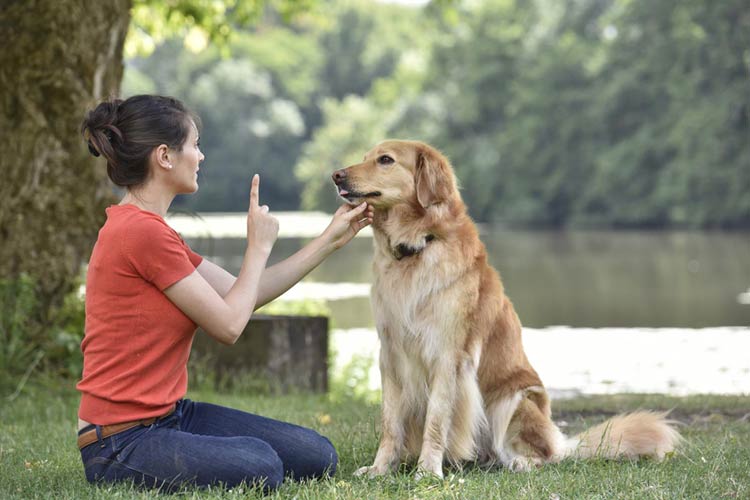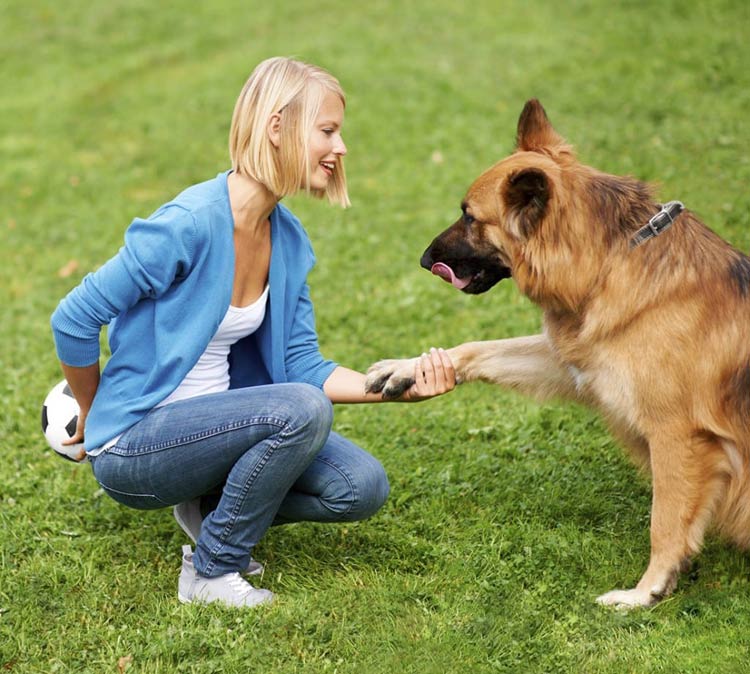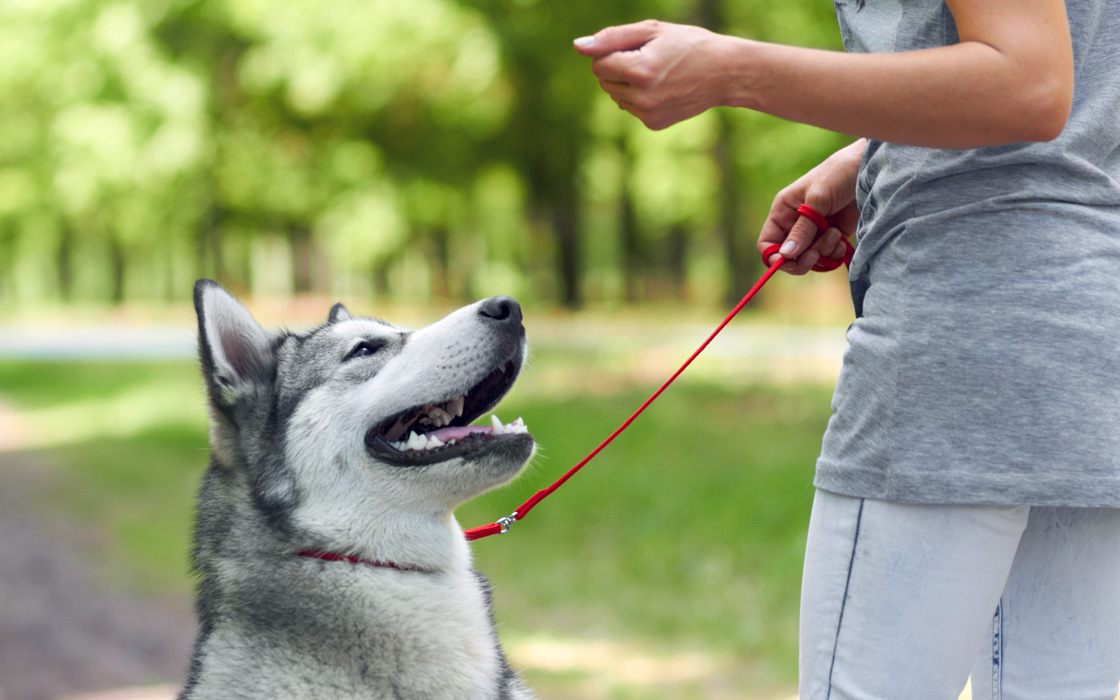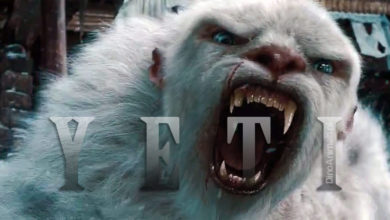How to Write an Effective Dog Trainer Resume
Writing an Effective Dog Trainer Resume
As a dog trainer, your resume is the key to unlocking job opportunities in a competitive field. It’s your chance to showcase your unique skills, experience, and passion for working with our furry friends. In this article, together with DoMyPaper, write my paper service, we’ll explore how to write a great dog trainer resume that will make you stand out from the pack.
Emphasize Your Credentials
Education and certifications carry significant clout in the dog training industry. Employers want concrete proof that you possess the necessary knowledge and qualifications to handle various dog behaviors and training approaches effectively.
Create an “Education” section detailing any relevant academic credentials. Include the name of the institution attended, the degree or diploma earned, your field of study (animal behavior, zoology, veterinary sciences, etc.), and the year you graduated. If applicable, elaborate on any pertinent coursework like animal psychology, ethology, training theory, or canine anatomy that reinforces your expertise.
Separately, have a “Certifications” section dedicated to listing professional certifications from respected organizations in the dog training field. Some examples include the Certification Council for Professional Dog Trainers (CPDT), International Association of Animal Behavior Consultants (IAABC), Karen Pryor Academy for Animal Training & Behavior, and the Certification Council for Professional Dog Trainers (CCPDT). Provide the full name of the certification earned, the certifying body, and the year you obtained it.
Continuing education is also paramount for keeping your skills sharp. Under “Professional Development”, document any notable seminars, workshops, webinars, or courses you’ve completed that have expanded your dog training knowledge and reinforced your expertise in the latest methodologies and best practices. Ask a research paper writing service for assistance if you need a professional resume writer and editor to check this resume section.

Highlight Relevant Experience
While credentials help establish your qualifications on paper, employers truly value candidates who can demonstrate extensive hands-on dog training experience applying those skills in real-world environments. This practical experience is invaluable.
Lead your resume with an “Experience” section, where you’ll list all relevant roles in reverse-chronological order. For each position, provide the company name, your job title, employment dates, and a short paragraph or 2-3 bullet points summarizing your core responsibilities and key achievements in that role.
As you describe your experience, strive to quantify your accomplishments as much as possible. This could include the number of dogs you’ve trained, the success rates of your training programs, any notable accomplishments like competition accolades, number of volunteer hours logged, etc. Spotlight any specialized skills you’ve honed, like expertise in positive reinforcement techniques, clicker training, e-collar conditioning, or working with particular breeds.
If you have limited professional dog training roles to include, you can supplement this section with any transferable experience from other areas – such as working with animals in a different capacity like vet techs or groomers, customer service roles requiring strong communication abilities, teaching or instruction experience passing knowledge onto others, etc.

Demonstrate Essential Skills
In addition to technical dog training skills, employers are eager to find candidates who possess a complementary set of soft skills that enable success in such a hands-on, client-facing role.
Create a “Key Skills” section that highlights a blend of hard skills and soft skills pertinent to dog training. Hard skills may include:
- Expertise in specific training methodologies (positive reinforcement, clicker, leash training, etc.)
- Knowledge of tools/equipment used (e-collars, treats, clickers, crates, etc.)
- Breed expertise and ability to read/manage dog behaviors and body language
- Hands-on capabilities like stamina for active training demonstrations
- Equally important are soft skills like:
- Exceptional verbal and written communication abilities for client interactions
- Problem-solving and critical thinking skills to overcome training obstacles
- Patience, empathy, and a calm demeanor when handling difficult dogs/owners
- Strong observation skills to assess each dog’s progress and areas for improvement
- Teaching/instructional skills to explain concepts clearly to owners

Create a Tailored Profile
While core content like your experience and skills should remain consistent, it’s crucial to customize your resume for each specific opportunity you’re pursuing. Thoughtfully review the job description and required qualifications.
At the top, include a “Professional Summary” that provides an overview spotlighting your most relevant credentials as they pertain to that particular role. Tie your qualifications directly to the position’s needs, seamlessly peppering strategic keywords from the job listing throughout this section.
As you list out your experience and skills, be strategic in deciding what to prioritize and emphasize. Reorder bullets and rearrange content to elevate the achievements, expertise, and traits that are most aligned with that employer’s stated priorities for the dog trainer role.
For instance, if the job posting highlights a need for specialty experience like service dog training, training for competition obedience, or behavioral modification for dogs with severe issues, make sure to move those specific experiences towards the top of your respective sections so they are noticed first.

Present a Polished Resume
With compelling content customized for the role, ensure your resume has a clean, polished presentation that guides the reader’s eye:
- Format strategically with clear section headings (“Education”, “Certifications”, “Experience”, “Skills”, etc.) so the content is easy to scan. Use brief bullets or concise paragraphs rather than dense blocks of text.
- Choose a crisp, readable font like Arial, Calibri or Times New Roman in a 10-12 pt size. Use consistent formatting like bold and italic styling, capitalization, and date formatting throughout.
- Leave ample white space on the page – both around the margins and between sections – to create an uncluttered, polished look that’s easy on the eyes.
- Finally, proofread carefully for any spelling, grammar, or punctuation errors that could be deemed careless or unprofessional. Consider having a friend review as well with fresh eyes.
Unless you have over 10-12 years of highly specialized, vast dog training expertise to convey, aim to keep your resume to a single page. The ability to communicate your qualifications concisely and directly is key.
By carefully highlighting your relevant credentials, tailoring content to each role, complementing technical knowledge with essential soft skills, and presenting the full package in a polished, skimmable format – your dog trainer resume will capture employers’ attention and prove you’re the ideal candidate for the position.

Recommended
- The smartest dogs
- The tallest dogs
- The most aggressive dogs
- The oldest dogs
- Pets
- Dogs
- Cats
- Wild cats
- The fastest animals
- The fastest birds
- The largest eagles


















